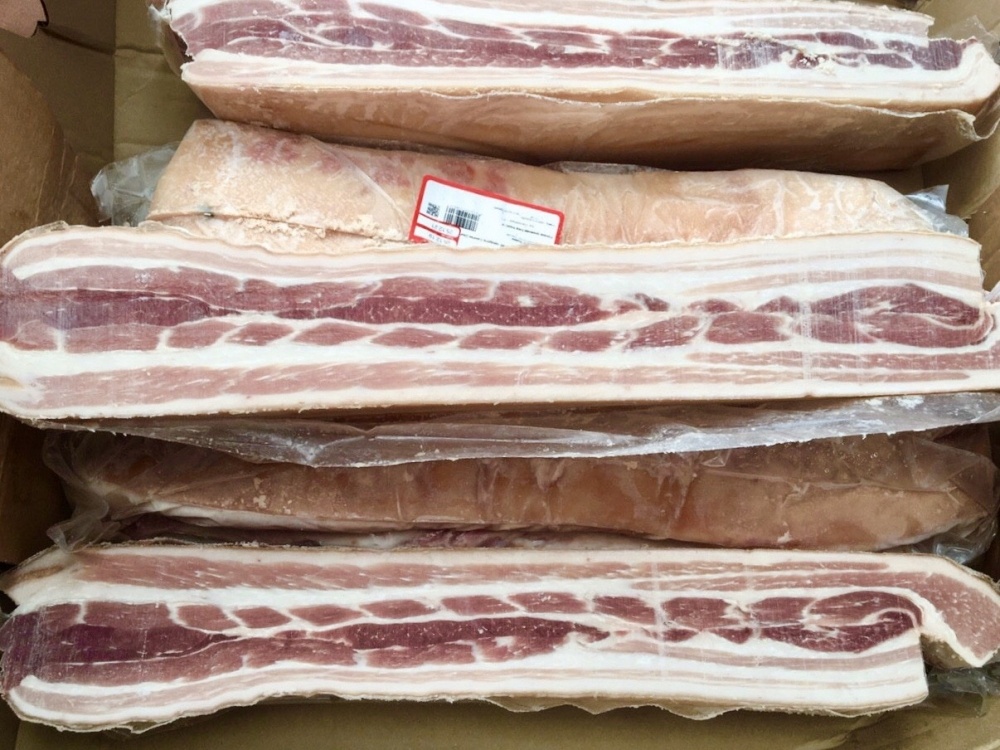Abundant domestic supply caused China’s pork imports to drop sharply in the first four months of 2024.
According to a report by the Import-Export Department (Ministry of Industry and Trade), in China, the oversupply situation, but the output is still high, has caused the domestic price of live pigs and pork to decrease for a long time. This situation is negatively affecting the industry in general because large-scale farmers continue to suffer losses, while many small-scale farmers have had to suspend their farms and stop raising pigs.

Pork side imported from Russia
China’s pork imports also decreased due to abundant domestic supply. Specifically, in the first 4 months of 2024, China imported 337.95 thousand tons of pork (HS 0203), worth 656.34 million USD, down 49% in volume and 59% in value compared to the same period in 2023. The largest pork suppliers to China in the first 4 months of 2024 included: Spain, Brazil, Canada, the Netherlands, Chile, the United States, etc. The amount of pork imported by China from these markets all decreased compared to the same period in 2023.
Of which, Spain is the largest market supplying pork to the Chinese market, accounting for 27.23% of China’s total pork imports in the first 4 months of 2024, with 92.03 thousand tons, worth 188.75 million USD, down 45.2% in volume and 54.1% in value compared to the same period in 2023.
China’s Ministry of Agriculture hopes that with the declining trend in the number of newborn piglets, the supply and demand of the pig market in the second quarter of 2024 will be more balanced and pig farming can become profitable again.
The global pork industry is showing signs of recovery heading into the second quarter of 2024, with several key factors driving improved profitability, according to Rabobank’s quarterly report. Sow herd numbers are stabilizing after months of decline, suggesting a more balanced supply-demand dynamic. While significant herd growth is not expected until late 2024 or early 2025, improvements in productivity and herd health in the United States, Canada and China are boosting production.
Going forward, the industry will need to monitor a number of factors that could influence growth, including changes in sow numbers and pig inventories, which are affected by a variety of factors including disease, regulatory changes and productivity. Lower feed costs are offsetting inflation in other costs and helping the industry return to profitability, according to Rabobank.
Nguyễn Hạnh
Source: Báo Công Thương
